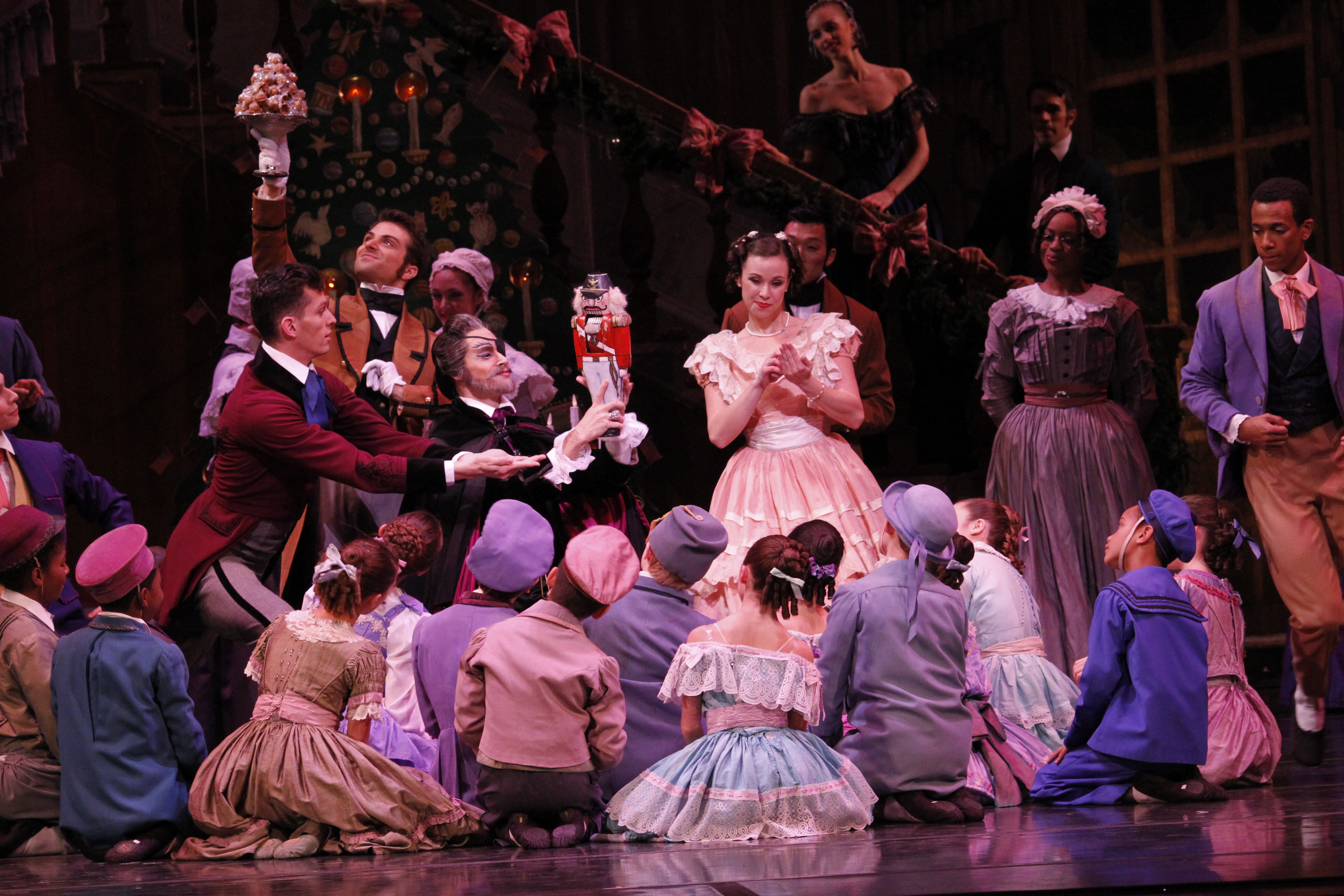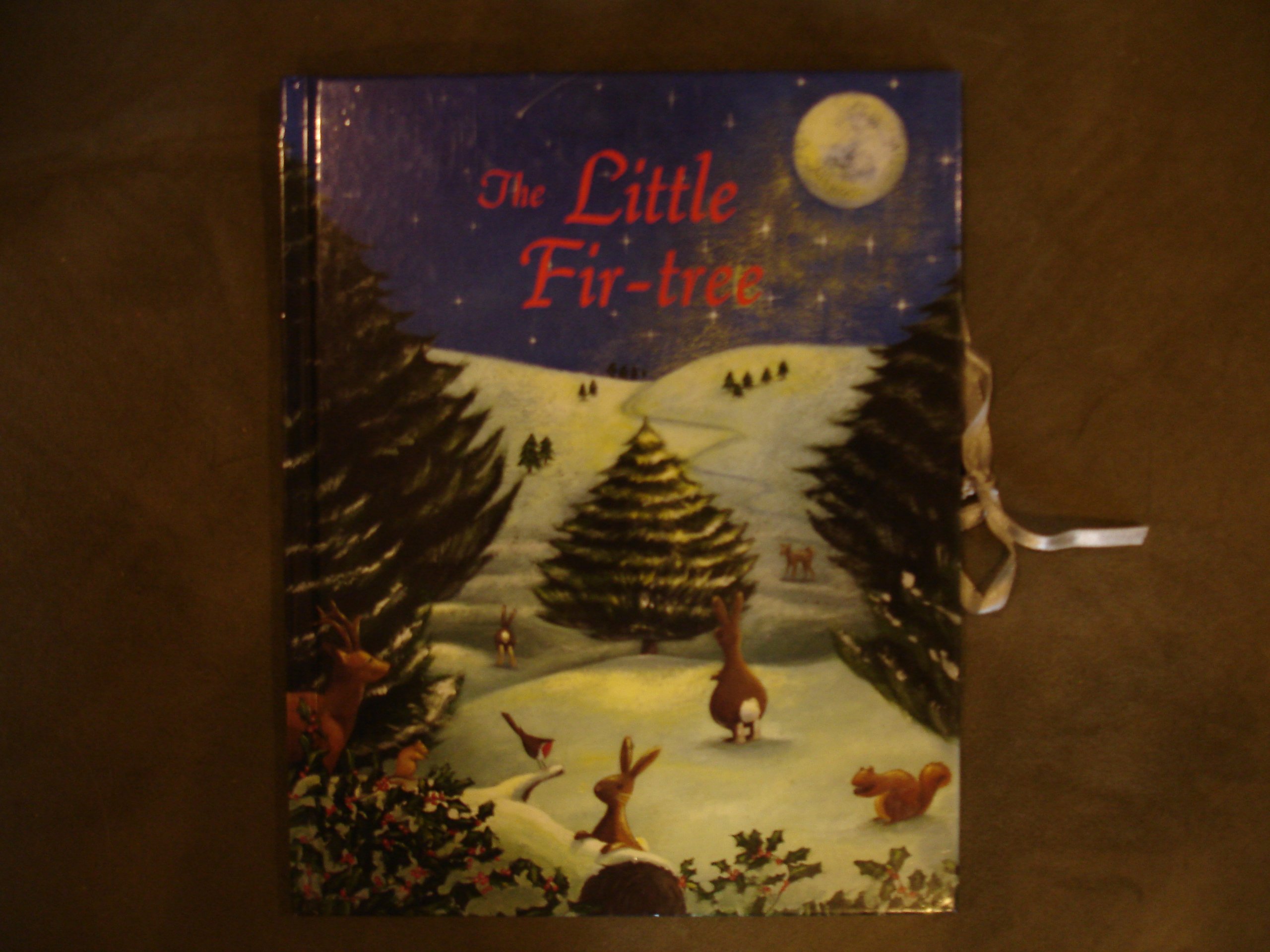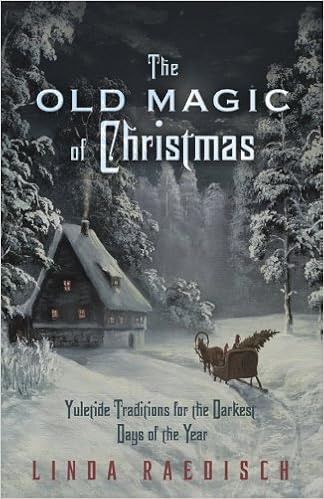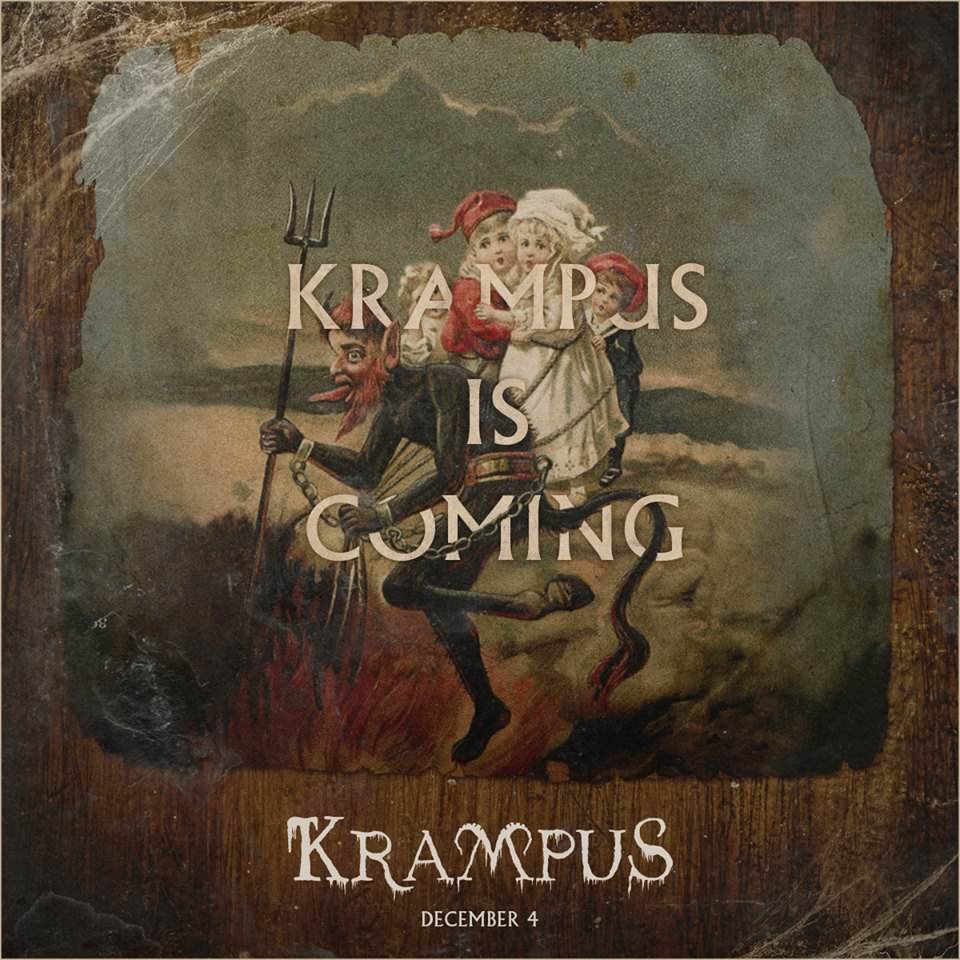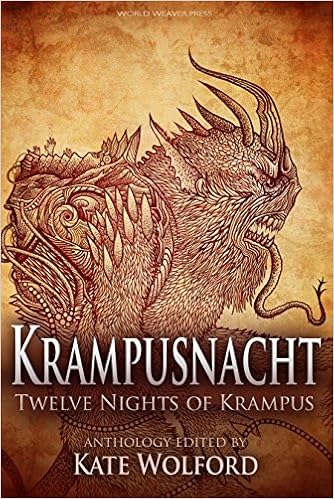I've read other books on the history of Christmas tradition/Santa Claus before, and shared some of my findings here. It's not technically a fairy tale, and I usually try to avoid myths and legends to keep blog material more focused, but I make some exceptions because I really love Christmas and it's an interesting topic that influences all of our lives this time of year in some way.
I'm finding Stephen Nissenbaum's "
The Battle for Christmas" to be the most in depth look at the American Christmas tradition I've read so far, and incredibly fascinating. In other books/articles I've read, there's almost always some attempt made to link Santa to various European traditions-the legend of
St. Nicholas and the stocking, even the bizarre article I linked to last year about how the visions of flying reindeer came from a
small Siberian tribe getting high off of mushrooms. While interesting, Nissenbaum claims that none of these traditions had any direct influence on the creation of the American Santa Claus. Other traditions were later incorporated, especially as America grew more diverse, but "The St. Nicholas ritual did not cross the Atlantic," at least not in the way we think. The Puritans who settled in America avoided holidays, and especially celebrations of saints days, since they were not Catholic.
In order to understand the creation of the American Santa Claus one needs to look at the Christmas traditions that were part of American life and the concerns of the people who did reintroduce St. Nicholas to December. Christmas in New England in the 17th century was shockingly different than today's celebrations. You may have heard of the Puritans, or Massachusettes itself, declaring that it was
illegal to celebrate Christmas. This seems harsh and completely unnecessary, but actually most of us probably wouldn't approve of the way Christmas was celebrated at the time either. It was seen as a time when the working class could essentially get away with anything. It was, historically, the one month of the year that farming communities could actually enjoy fresh meat and alcohol before it had to be preserved or would spoil, so drinking and eating to excess was part of the tradition. Raucous behavior, indulging in physical and sexual appetites, were all part of the Christmas season the Puritans fought against.
Another part of the celebration was
wassailing, a term I vaguely thought of as meaning caroling and drinking spiked egg nog or something similar. Wassailing was actually the practice of the
poor people entering houses of the rich and demanding food and drink. For generations, in Europe, the upper class tolerated this practice; it was a seen as a way for the working class to let off steam in a confined way, and for the landowners to assuage any guilt for being harsh masters during the year. It was a time of socially switching roles, which actually served to enforce the usual roles of masters/servants for the rest of the year. (Knowing this, the verses of "We Wish You a Merry Christmas" make much more sense, as the singers demand "Bring us some figgy pudding" and then threaten "for we won't go until we get some.")
English figgy pudding
In America, the working class still hung on to this tradition of disrupting the houses of the more wealthy, but unlike their ancestors, the upper class was not willing to participate. Christmas and New Year's were a time of
invasion of privacy for the wealthy, or for gangs standing in their lawn all night banging on drums and playing fifes. The police had little ability to identify and punish the groups of disguised individuals roaming the streets.
Enter the Knickerbockers-or the group of elite New Yorkers whose writing introduced St. Nicholas to the population, presenting him as a quaint New Amsterdam tradition of Dutch descent, when no records indicate his presence in America before John Pintard published a broadside in 1810. (The Knickerbockers weren't even Dutch, but British Americans). St. Nick was then mentioned in the writings of other Knickerbockers, Washington Irving and most notably Clement Clark Moore.
John Pintard's Broadside that reintroduced St. Nicholas to America
Till that point, St. Nicholas was still represented as he was known in Europe-a powerful bishop who came not on Christmas Eve, but his name day, December 6 (Happy St. Nicholas Day!!). He would reward the good children but punish the bad-in what Nissenbaum calls a
mini version of Judgement Day, meant to inspire fear in children.
Jan Steen's "Feast of St. Nicholas" portrays children on both the naughty and nice lists; the boy on the left is crying and being mocked by the other children
Everything changed with Clement Clarke Moore and his legacy, "The Night Before Christmas." The vision he presented of Santa Claus was unlike any image of St. Nicholas before.

1.
St Nicholas lost his power and authority. Instead of being a tall bishop wearing his robes, Santa Claus became a tiny elf (Santa in the poem did not have to use magic to fit down the chimney, because he and his reindeer were all miniature).
2.
St. Nicholas became one of the working class. The pipe that he is described as smoking is "the stump of a pipe," which at the time was something only the working class would smoke-the upper class smoked long pipes.
These two changes made Santa much more akin to the working class visitors that disturbed the writers of the Knickerbocker group, only the nature of his behavior was significantly different.
3. Rather than demanding, Santa Claus "said not a word" and
gave generously
4. The lamented "old fashioned" Christmas tradition of
giving to the needy and inverting social status remained, but now in a way that did not require the rich to mingle with the poor or tolerate their disruptions. The tradition was now family focused, and it was
children who became the grateful recipients of gifts. In fact, Moore's poem mentions nothing about the threat of a switch or a lump of coal-Christmas is now not a time of fear but of goodwill toward all.
This poem was designed to meet the needs and fears of the upper class feeling threatened by the expanding working class (the previous year, Moore's estate had been disrupted as New York expanded its grid system of streets, paving Ninth Avenue through his property). Yet, it became a classic-because it was malleable enough to
meet the desires of America as a whole. Santa evolved more after that, becoming fat and jolly and the myth grew, but Santa Claus as we know him can really be traced back to New York in the early nineteenth century.
Again, I've read about some of these interesting "fun facts" of Christmas history before but Nissenbaum really explains
how some of these seemingly bizarre traditions developed and then evolved.
First Santa illustration-published with Moore's original poem
Left Santa illustration-Thomas Nast
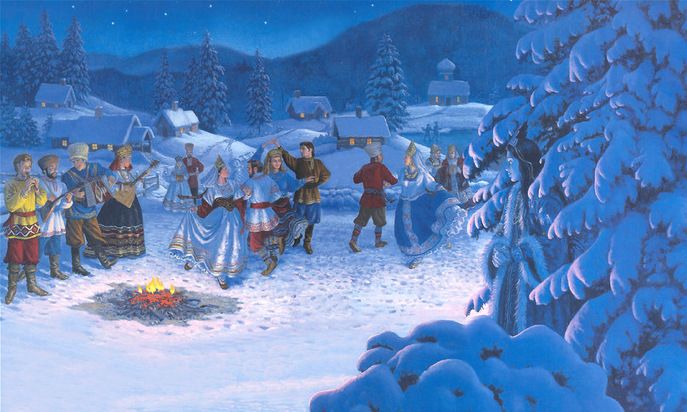
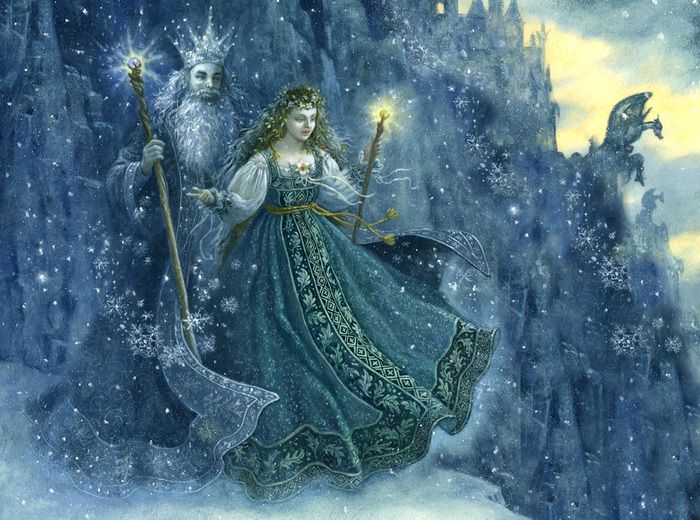
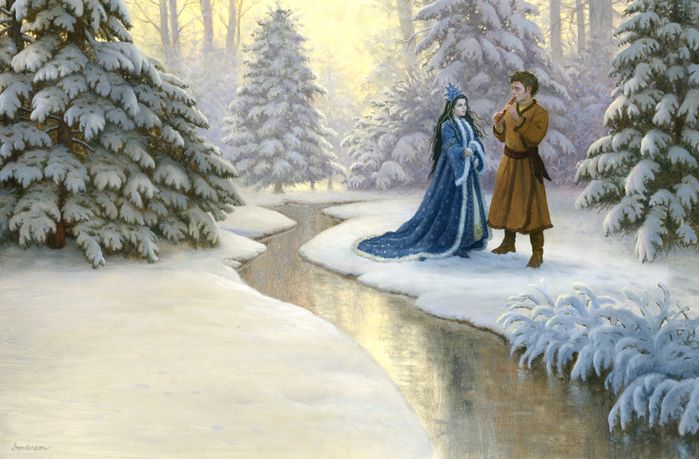
 The Snow Maiden used to be commonly seen in Russia at Christmas in the form of ornaments and decorations; but when the celebration of Christmas was discouraged after the Russian Revolution (it was too bourgeois and religious), she was moved to New Year's, which was allowed in 1935. She has been associated with being the daughter of Ded Moroz, or Grandfather Frost, a Russian gift-giving version of Santa Claus who delivered presents on New Year's Eve.
The Snow Maiden used to be commonly seen in Russia at Christmas in the form of ornaments and decorations; but when the celebration of Christmas was discouraged after the Russian Revolution (it was too bourgeois and religious), she was moved to New Year's, which was allowed in 1935. She has been associated with being the daughter of Ded Moroz, or Grandfather Frost, a Russian gift-giving version of Santa Claus who delivered presents on New Year's Eve.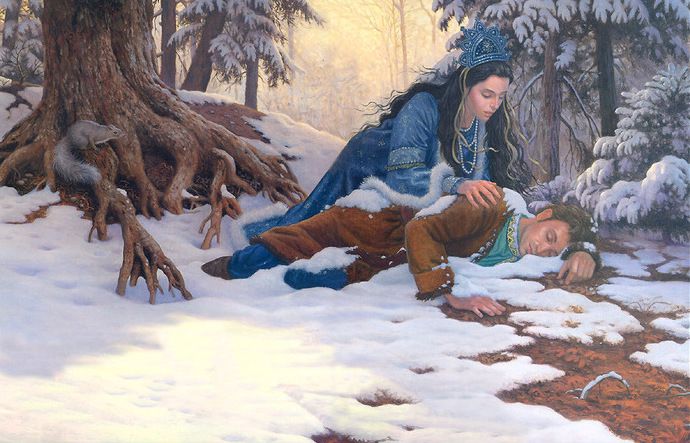
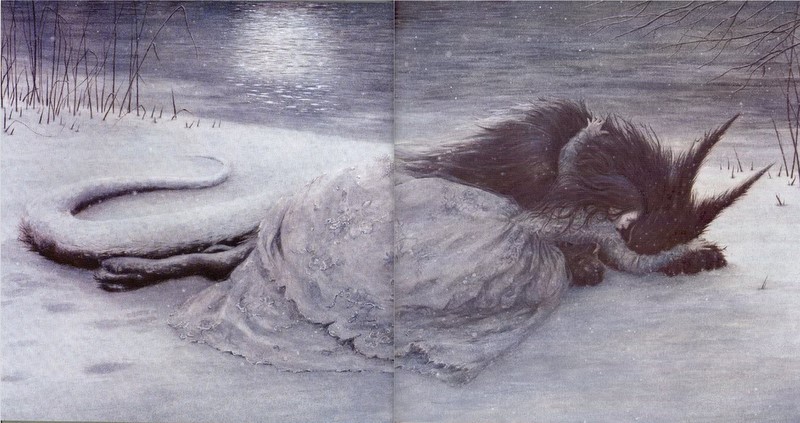 Angela Barrett
Angela Barrett





